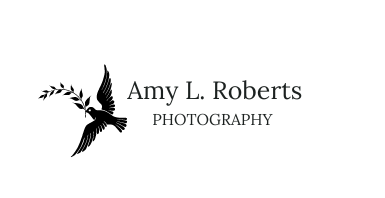Burrowing Owls of Cape Coral
It is worth the trip to Cape Coral, Florida to see and photograph the endearing and charming Burrowing Owls. Located just south of Fort Myers, Cape Coral is home one of the world’s largest populations of Burrowing Owls, boasting over 1,000 nesting pairs found throughout this city. Unique among owls, Burrowing Owls live underground and are active both day and night. These charismatic birds seek out open areas with low vegetation for their burrows and are often seen standing at the entrance, which makes them quite easy and enjoyable to photograph.
The burrowing owls draw photographers and wildlife enthusiasts from all over the world. While there are a few hot spots to see these Burrowing Owls in Cape Coral, these sweet, charming birds are found throughout the city in parks, vacant lots, prairies, pastures, agricultural fields, and golf courses. Cape Coral is deeply committed to the preservation of their burrowing owls and known nests are marked with PVC pipes to alert people of their location. You may see these white PVC pipes standing up from vacant lots or in parks or on fields alerting you to a nearby tunnel.
Bird Photography: The Burrowing Owl, unlike other owl species, is active during the day. During the nesting season, the female stays within the burrow with the eggs or chicks, while the male stands guard over the burrow. Once the chicks emerge after they are approximately 10 days old, you may see more the female outside the burrow. The morning and afternoon light, when the Florida sunshine is less harsh, offer the best times to photograph these owls. I photographed these owls with a skimmer, so I was flat on the ground with my zoom lens to capture the owls at eye view.
Ethical Photography: While the accessibility of these owls is a photographer’s dream, it also comes with an ethical responsibility to keep a distance of at least 30 feet from the burrows. Although the owls may appear tolerant and unperturbed, the presence of people can disrupt their daily activities, such as hunting for food for their chicks. As the Cape Coral Friend of Wildlife https://ccfriendsofwildlife.org organization states, the frequency of observers has impacted the populations of the Burrowing Owls at better known locations, such as the Cape Coral Library, and forced them to seek quieter locations. If an owl starts to bob its head, it is stressed (not happy to see you), so you may be too close and need to move back from the area and give the owl plenty of space. For me, wildlife photography is always a balance between capturing images that captivate people and connect them to nature but only if that means ensuring that the wildlife have the space they need to be comfortable. The short-term gain of a great shot in too close proximity to a bird is simply not worth the long-term impact, which can result of a bird leaving the area.
When to go: The best time to go to Cape Coral is between January through June. Although Cape Coral Burrowing Owls remain year-round they may seek shelter from the intense summer heat and not be as visible at the height of the summer heat. Breeding and nesting season takes place February15 through July 10; chicks may be seen late April through June.
Exploring: Burrowing Owls can be seen at several locations throughout Cape Coral. The Cape Coral Library and the Pelican Boulevard Baseball Fields are great places to start.


